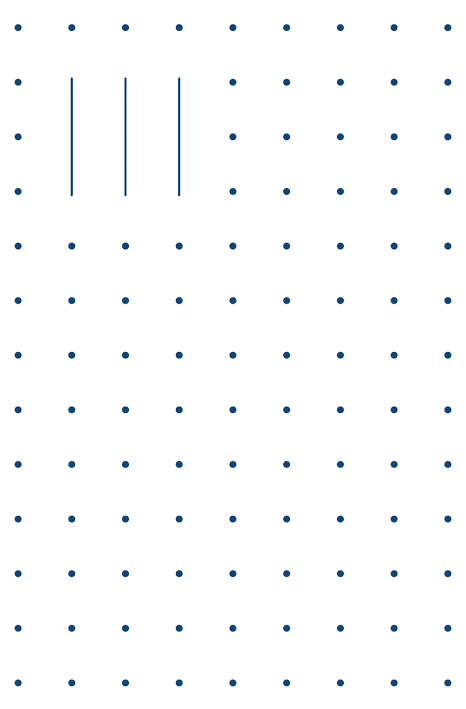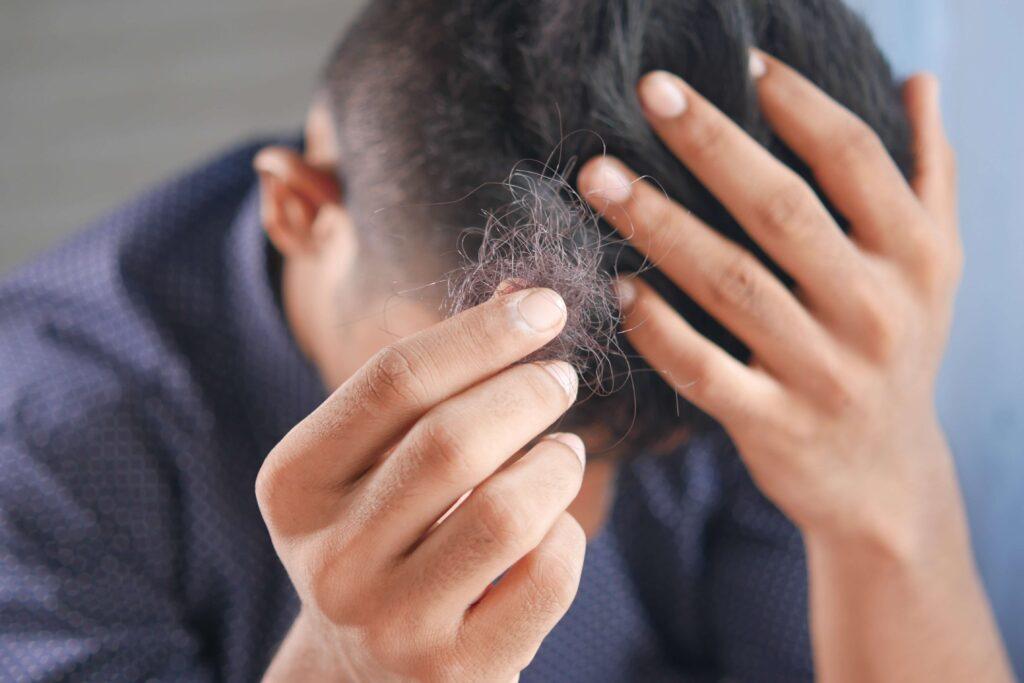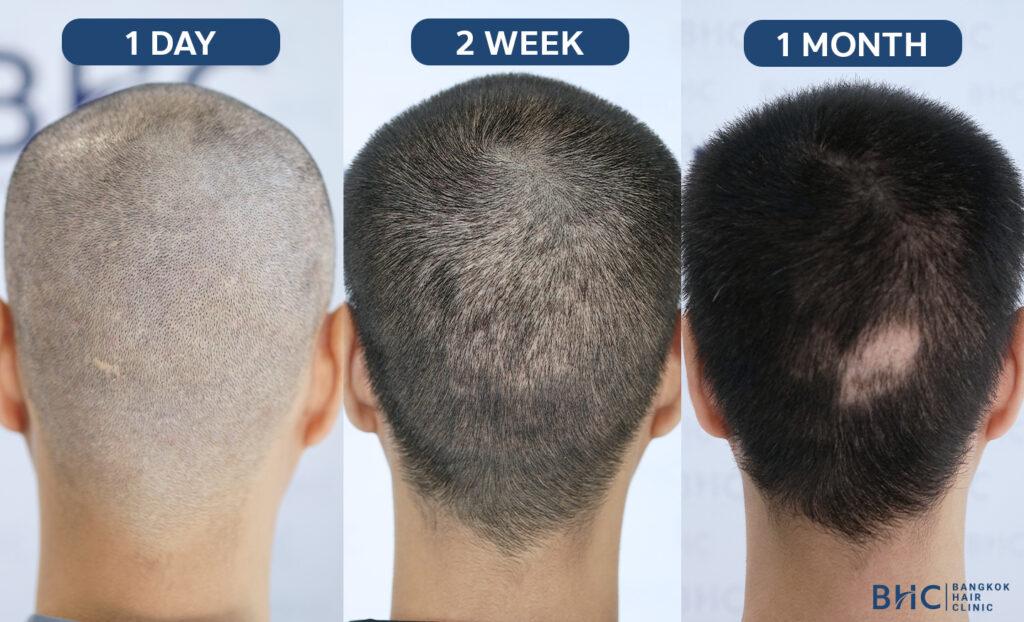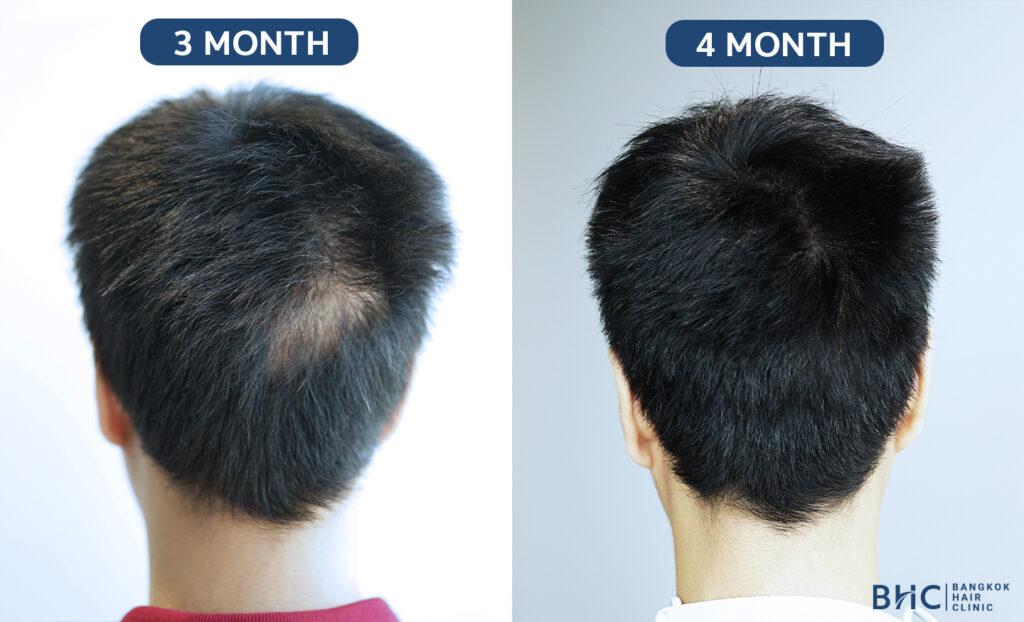
What is Shock Loss? Will it happen to me?


If you are considering an FUE or FUT hair transplant, you may have come across a condition called “Shock Loss” which is an uncommon complication of hair transplantation. Today, I will explain to you what it is and what are the chances of it happening to you after your hair transplant procedure.
Shock Loss is a phenomenon where an area of your natural, un-transplanted hair falls off. This usually occurs in areas near the donor or recipient areas that can be affected during the procedure.

During a hair transplant procedure, your hair follicles are affected by reduced blood flow and other chemicals including local anesthetic, adrenaline, and saline. Because of this, your follicles briefly experience “shock” that cause follicles to shed their hair shafts, leading to areas of shock loss that you can see in these pictures. Studies have also shown that there is a strong correlation between the length of operation and the risk of shock loss; it is therefore in the patient’s best interest to complete the procedure as soon as possible.

Shock Loss usually happens within the first few weeks after hair transplantation, mostly occurring within 1-3 weeks.

Luckily, patients suffering from this condition do not need any intervention although they may be prescribed some medication by the attending physician. In 99% of cases, the hair loss is completely reversible, and hairs regrow within 2-6 months after it was lost. In some cases, patients with miniaturized hair due to a strong hereditary influence of alopecia may not see a complete return of affected areas as these hairs are already ‘on their way out’ and will not grow again anyway.
Generally, the risk of shock loss in hair transplant patients around the world is approximately 5%. There are many risk factors for shock loss including the patient’s hair characteristic, skin type, blood flow, and type of hair loss. Patients with widespread thinning of their scalp due to androgenetic alopecia (AGA) is more likely to suffer from shock loss compared to AGA patients only suffering from frontal hair loss. At Bangkok Hair Clinic, our patients are currently affected by this condition at a rate of 3%.
Research has shown that using 5% minoxidil spray over the recipient and donor areas can be preventative for shock loss.
The bottom line is, shock loss is an exceedingly rare phenomenon (<5%) of all hair restoration cases combined. In most cases, the hair loss is temporary and will return within 2-6 months on average. If you have further questions or concerns regarding hair transplantation and its complication, please do not hesitate to contact our hair professionals at Bangkok Hair Clinic.